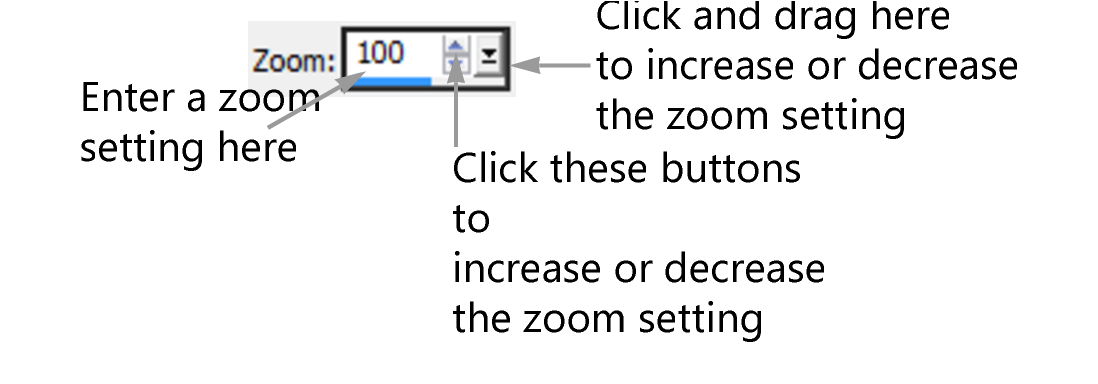Using dialog boxes
Dialog boxes are windows that open when you choose certain PaintShop Pro commands. You can use them to select and preview command options. All dialog boxes remember where you last positioned them on the screen and re-open in the same location.
There are two styles of dialog boxes. The following Adjust and Effect filters use a larger layout to make it easier to use interactive controls: Depth of Field, Digital Noise Removal, Graduated Filter, Red Eye Removal, Retro Lab, Selective Focus, Smart Photo Fix, and Vignette.
Some Adjust and Effect dialog boxes use a larger layout.
For an example of the other style of dialog box, see Choosing effects.
Common features found in many dialog boxes include the following:
Most dialog boxes that you use to correct images, apply effects, or modify selections contain Before and After panes that show the image with changes applied.
In some dialog boxes, you can show or hide the Before and After panes by clicking the Show/Hide Previews button:
When you hide the Before and After panes, you can still see the effects of the current settings on the image by marking the Preview on Image check box in the upper-right corner of the dialog box.
To edit values in PaintShop Pro dialog boxes, you can use the numeric edit control to enter values and change settings.
In some dialog boxes, a color box displays the currently selected color for a given control. When you move the pointer over the color box, the pointer changes to a dropper and displays the RGB values.
Many correction and effect dialog boxes contain a Randomize Parameters button that lets you update settings with random values.
To zoom in or out of the image preview
You can also expand the dialog box to create more room for the Before and After panes.
To pan the image preview
You can also hold down the Pan button ![]() , and then center the selection rectangle over the part of the image you want to display.
, and then center the selection rectangle over the part of the image you want to display.
To proof changes in the main image window
To edit numeric values
If you enter a value that is out of range for the control, it turns red.
You can also double-click the number to highlight it, and type a new value.
To choose a color from a dialog box
To randomize settings within a dialog box
You can try a variety of settings by continuing to click the Randomize parameters button until you get the effect you want.

